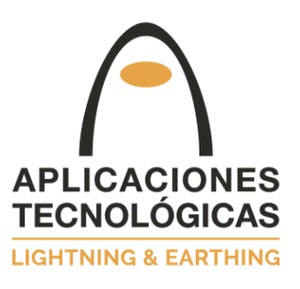Protections against permanent and transient overvoltages
Quickly comment that to protect the facilities against the effects that these overvoltages can cause, both permanent and transient, protection devices that act by disconnecting the installation fed from the electrical network that suffers the overvoltage must be installed.
We will define the two types below.

Permanent or temporary overvoltages are voltage increases above 10% of the nominal value of the distribution network that are maintained for several cycles or permanently. They are due to the decompensation of the phases, normally caused by the breakdown of the neutral, defects in the connection of the neutral conductor or failures in the transformation centers.
Permanent overvoltages can damage the installation and electrical equipment:
Destruction of equipment.
Fires.
Explosion in classified areas.
Equipment overheating.
Shortened shelf life.
Service interruption.
To protect the installations against the effects that these overvoltages may cause, protection devices must be installed that act by disconnecting the installation supplied from the electrical network that suffers the overvoltage.
Disconnection from the network can be in two ways:
By acting on a cutting device. This device can be a circuit breaker or differential switch and must include an emission coil. Reset or reconnection is manual.
By acting on a device with automatic reconnection. This device can be a contactor. Automatic reset is especially useful in second homes, public lighting and, in general, in unassisted areas.
Normative
In Spain, protection against overvoltages is mandatory according to Article 16.3 of the Low Voltage Electrotechnical Regulation (REBT). These overvoltages have usually been interpreted as transitory by the instruction of the Regulation in which they are developed (ITC-BT-23). However, the articles of the Regulation refer both to protection against temporary and permanent overvoltages.
Internal lightning protection safeguards electrical and electronic equipment against surges caused by electromagnetic lightning impulses.
Transient surges are a very short duration voltage surge, measured between two conductors or between conductor and ground. It can be due to atmospheric electric discharges (lightning) and switching processes or faults (contact to earth or short circuit). The most destructive are due to lightning.
Protection devices must respond instantly, safeguarding equipment connected to power supply lines and data lines. The applicable standards in this field are IEC 61643-11 and IEC 61643-21.
How do overvoltages get into equipment?
Power supply lines, telephone, television or data lines often run great distances outside of any protected environment and are connected to highly sensitive equipment. This condition makes them especially receptive to surges that will then be transmitted by conduction to all connected equipment.
Special attention must also be paid to overhead lines connecting sensitive equipment even in protected environments, as dangerous voltages can likely be induced in them. In general, it is convenient to install surge protection on any line that enters or leaves a building and connects or may connect sensitive equipment.
Finally, the effects of lightning can be introduced through the earth network, changing the voltage reference of the masses of all the equipment connected to it or of the same electrical supply line.
Furthermore, when there are several buildings in the same location, it is common for the risk to increase because interconnections increase.
Source: Technological Applications.
Link to products:
IGA WITH SINGLE PHASE PERMANENT AND TRANSIENT OVERVOLTAGE PROTECTOR
IGA WITH PERMANENT AND TRANSIENT THREE-PHASE OVERVOLTAGE PROTECTOR






Opinions of our clients
Receive our news